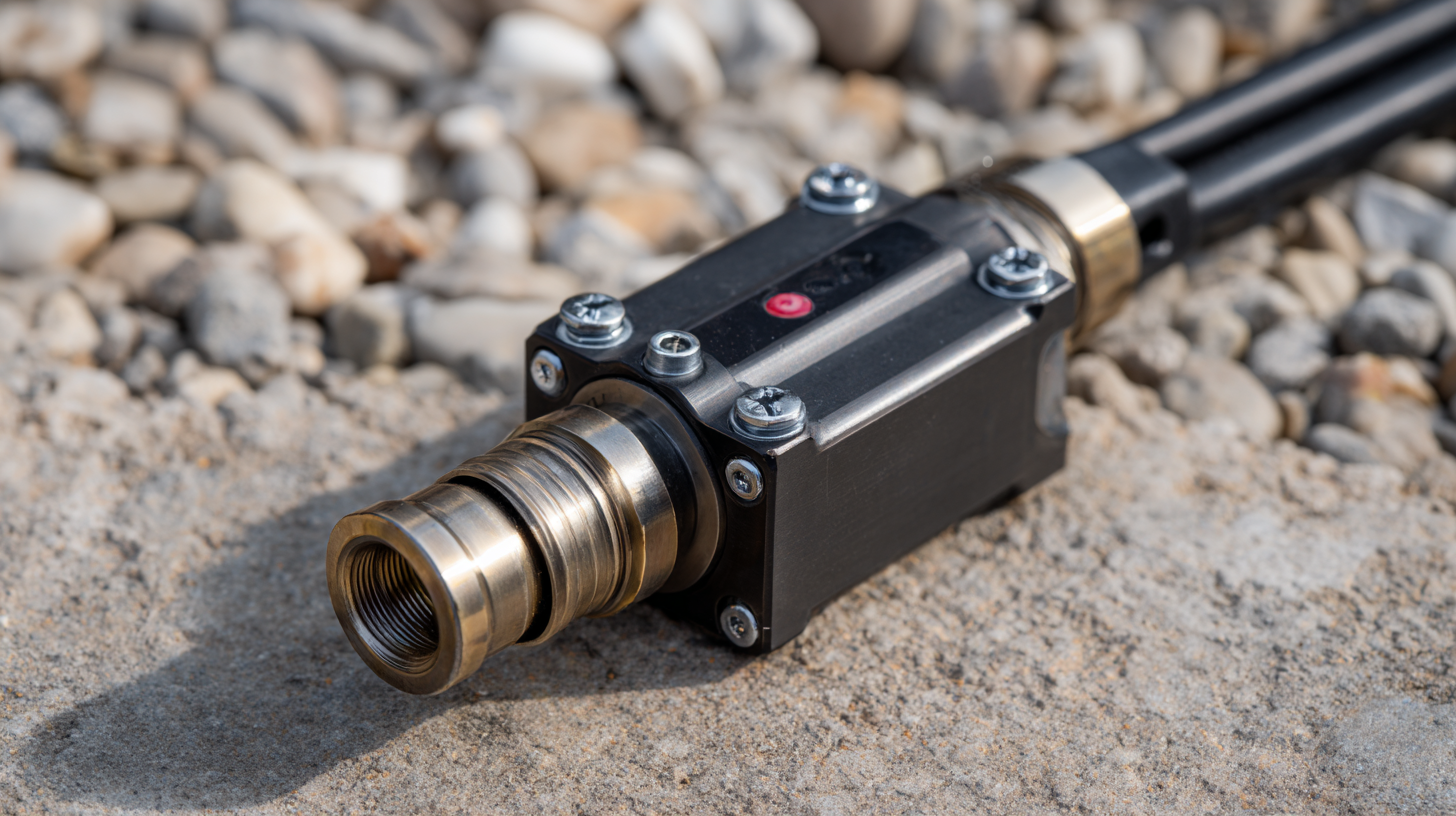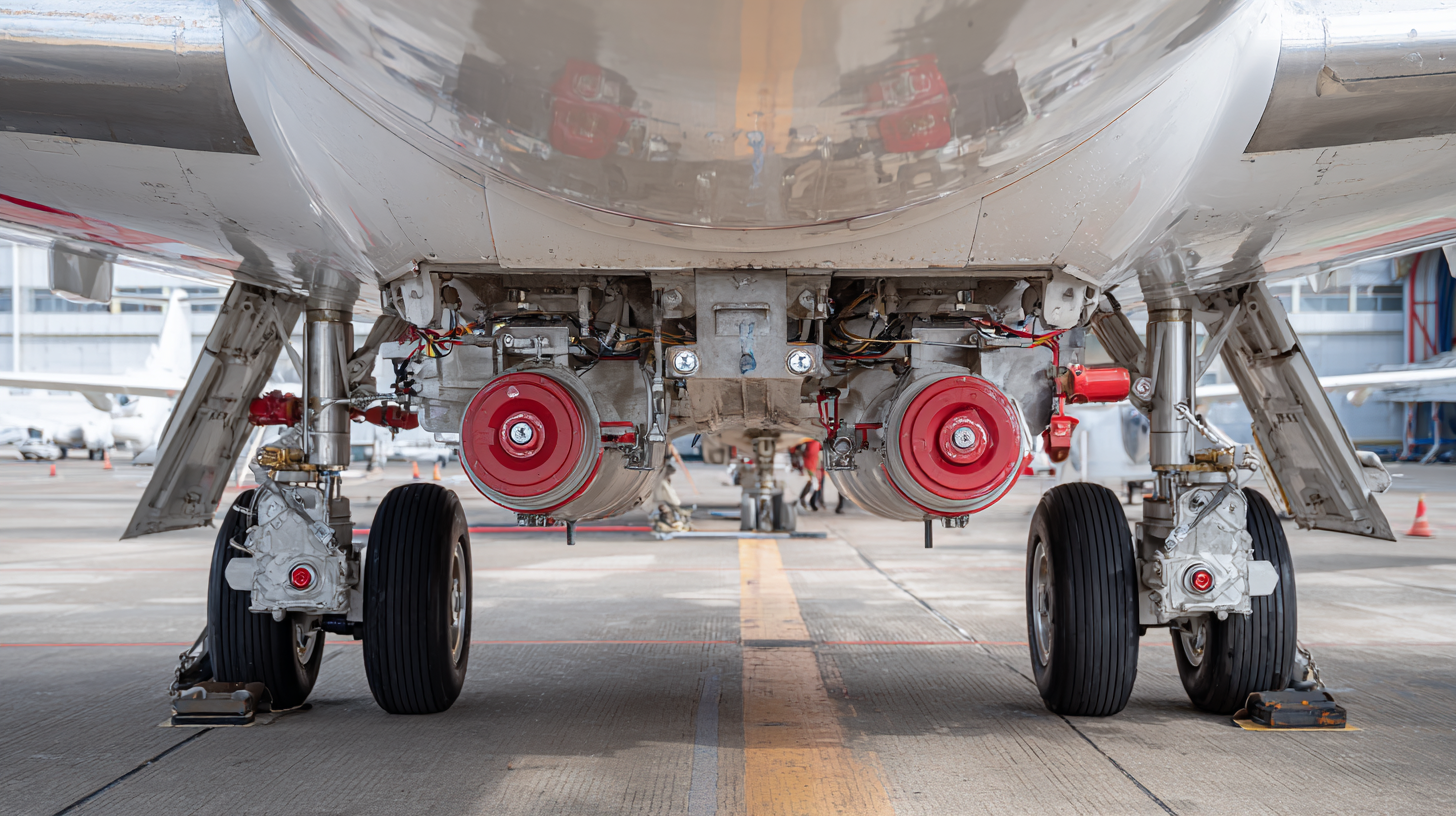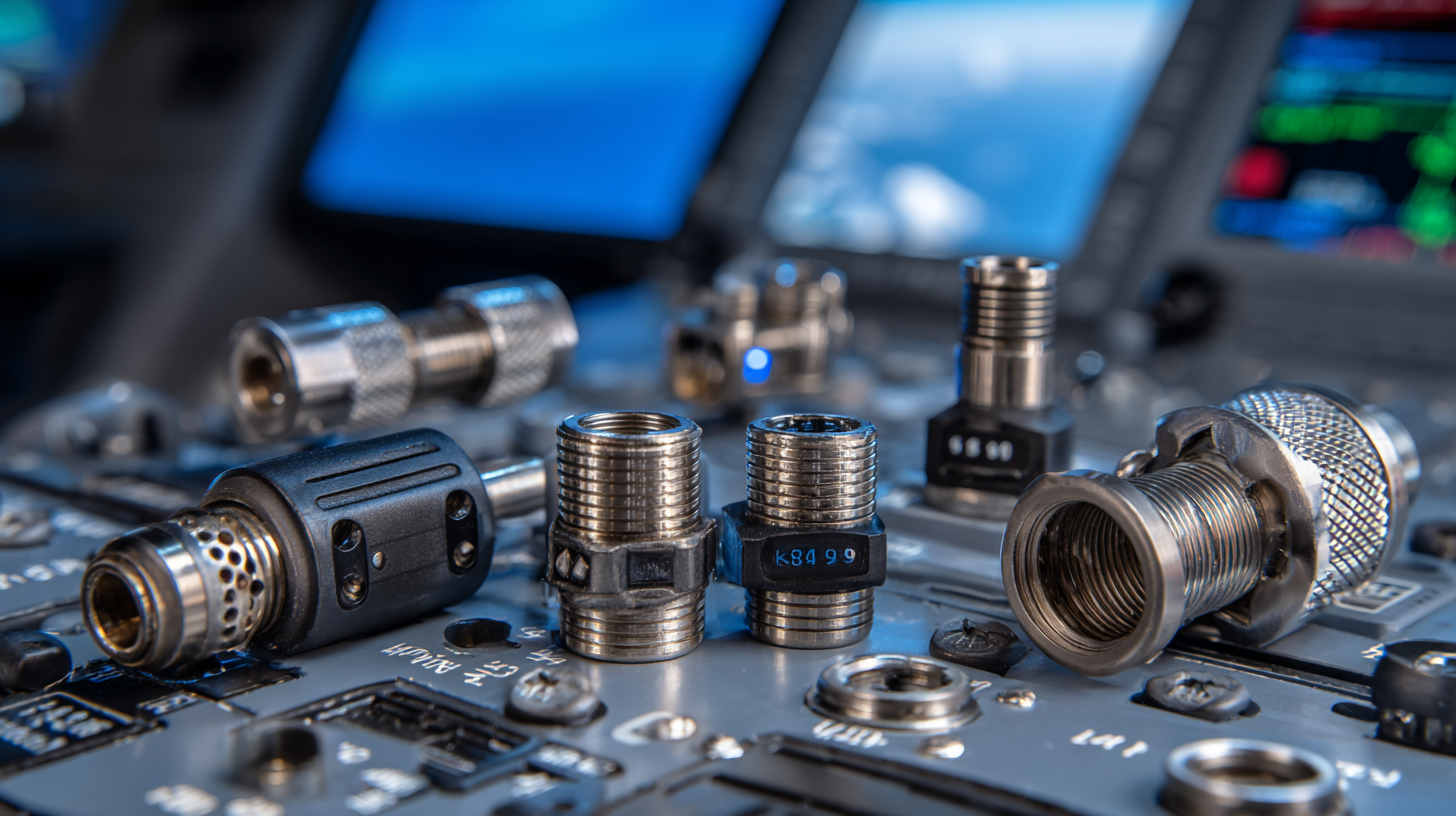
In the rapidly evolving field of aviation, the reliability and performance of systems are paramount to ensuring safety and efficiency. One often overlooked but crucial aspect of these systems is the use of aviation connector accessories. These components play a vital role in enhancing the operational capabilities and durability of various aviation technologies. With a myriad of options available on the market, it can be challenging to determine which accessories provide the best performance and reliability. This blog aims to present an ultimate comparison of the top five aviation connector accessories, shedding light on their unique features, industry production standards, and how they contribute to improved overall functionality. By understanding these essential components, aviation professionals can make informed decisions that elevate their systems to new heights of excellence.

In the fast-paced world of aviation, operational efficiency is paramount, and having the right accessories for aviation connectors can significantly enhance performance. These essential components not only ensure reliable connectivity but also facilitate smoother operations, reducing downtime and maintenance costs. Whether you are working on aircraft systems or managing ground support, investing in top-grade connector accessories is critical for sustaining high operational standards.
One of the most vital accessories for aviation connectors is the protective cover. Designed to shield connectors from environmental hazards such as moisture, dust, and corrosion, these covers help maintain optimal performance in harsh conditions. Additionally, using quality cable ties and strain relief boots can prevent mechanical stress on connections, reducing the likelihood of failure during flight. By integrating these accessories into your operational protocols, you can maximize efficiency, improve safety, and ensure that every flight is as reliable as possible.
Furthermore, employing specialized connectors designed for specific applications can dramatically enhance performance. For instance, connectors with improved locking mechanisms and materials can withstand high vibration and temperature fluctuations commonly faced in aviation. As you evaluate your aviation operations, prioritizing these top connector accessories will ultimately lead to operational reliability and efficiency, crucial for success in the aviation industry.
| Accessory | Material | Rated Voltage | Temperature Range | Weight |
|---|---|---|---|---|
| Connector Seals | Silicone Rubber | 600V | -55°C to 125°C | 0.5 oz |
| Connector Lanyards | Nylon | 450V | -40°C to 85°C | 1 oz |
| Protective Caps | Polyethylene | 500V | -20°C to 70°C | 0.3 oz |
| Twist Lock Collars | Aluminum | 600V | -55°C to 125°C | 2 oz |
| Heat Shrink Tubing | Polyolefin | 600V | -55°C to 125°C | 0.1 oz |
Reliable aviation connectors are critical in ensuring the safety and efficiency of aircraft systems. As the general aviation industry in China experiences significant growth, the research into avionics systems architecture has become paramount. Analyzing the typical requirements of avionics systems, such as functionality and interoperability, underscores the need for robust connectors that can withstand the demands of modern aviation. The military standard MIL-STD-1553 data bus protocol, for instance, has revealed vulnerabilities that expose avionics to potential cyber threats. Thus, enhancing the reliability of aviation connectors is not only about performance but also about safeguarding sensitive systems against malicious attacks.
As aircraft increasingly rely on high-resolution sensors and interconnected systems, the importance of reliable connectors becomes even more pronounced. The burgeoning market for aviation connectors, projected to grow significantly over the next decade, reflects the industry's response to these needs. The integration of advanced technologies requires connectors that are resilient and capable of supporting complex data transmission. In this context, the evolution of aviation connectors is essential for maintaining operational reliability and ensuring the safety of the next generation of aircraft and spacecraft, ultimately contributing to a secure and efficient aviation ecosystem.
Environmental factors play a crucial role in the performance and life span of aviation connectors, determining not only their operational efficiency but also their reliability under various conditions.
According to a report from the Aerospace Industries Association, exposure to extreme temperatures, humidity, and corrosive elements can significantly degrade connector materials over time. For instance, connectors exposed to temperatures above 85°C may experience dielectric breakdown, leading to increased risk of failures. Additionally, high humidity levels above 70% can lead to moisture ingress, resulting in corrosion that severely affects electrical conductivity.
Furthermore, the integration of innovative materials and protective coatings has been shown to enhance connector durability in harsh environments. A study published in the Journal of Aerospace Engineering highlights that connectors with corrosion-resistant finishes can retain more than 90% of their performance metrics after extended exposure to salt spray tests, whereas untreated connectors demonstrated a drastic decline in functionality. This underscores the importance of selecting the right aviation connector accessories designed for specific environmental challenges, which ultimately ensures safer and more reliable aircraft systems.
When it comes to aviation connector accessories, the choice of materials significantly influences durability and performance. High-quality materials like aluminum, stainless steel, and specialized plastics are essential for withstanding the harsh conditions of airborne environments. For instance, aluminum connectors offer lightweight benefits combined with excellent corrosion resistance, making them ideal for aviation applications where weight and durability are crucial. Similarly, stainless steel connectors provide superior strength and longevity, especially in environments prone to mechanical stress.

Tip: Always evaluate the environmental conditions the connectors will face. If your application involves exposure to saltwater or extreme temperatures, opting for a connector with enhanced weather resistance will ensure longevity and reliability.
In addition to material selection, surface treatments play a vital role in enhancing the durability of aviation connectors. Coatings such as gold or nickel plating can prevent oxidation and improve electrical conductivity, leading to better performance and reduced maintenance needs. Choosing connectors with appropriate surface treatments can significantly increase their lifespan and reliability.
Tip: Regular maintenance checks on connectors can help identify wear and tear early. This proactive approach not only prevents failures but also extends the overall lifespan of your aviation accessories, ensuring consistent performance.
The aviation industry is undergoing a significant transformation driven by emerging technologies in connector accessories designed for enhanced performance and reliability. According to a recent industry report by MarketsandMarkets, the global aerospace connectors market is expected to grow from $4.1 billion in 2020 to $5.8 billion by 2025, reflecting a compound annual growth rate (CAGR) of 7.3%. This growth is largely fueled by advancements in materials and design innovation, which are critical for meeting the growing demands of future-ready aircraft solutions.
Among the key emerging technologies are fiber optic connectors and high-speed data connectors, which are essential for modern avionics systems. A report from Research and Markets highlights that fiber optic technology provides significant benefits, such as reduced weight and increased bandwidth, which is crucial for the ever more complex communication systems in aircraft. Furthermore, the integration of smart connectors with embedded sensors contributes to real-time monitoring and predictive maintenance, significantly improving both performance and reliability in flight operations. These advancements position aviation connectors at the forefront of the industry’s push towards more efficient and reliable aircraft systems.

